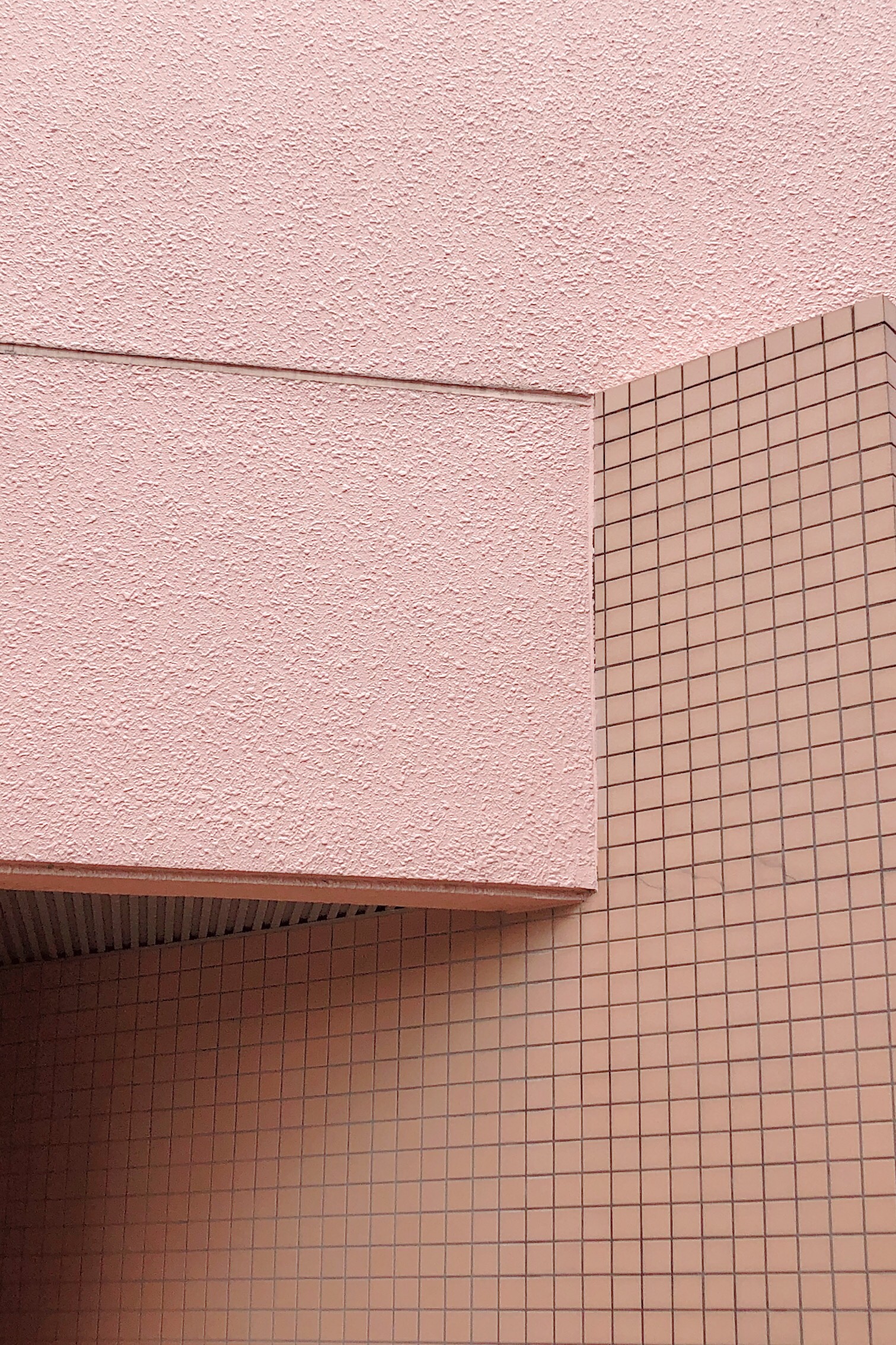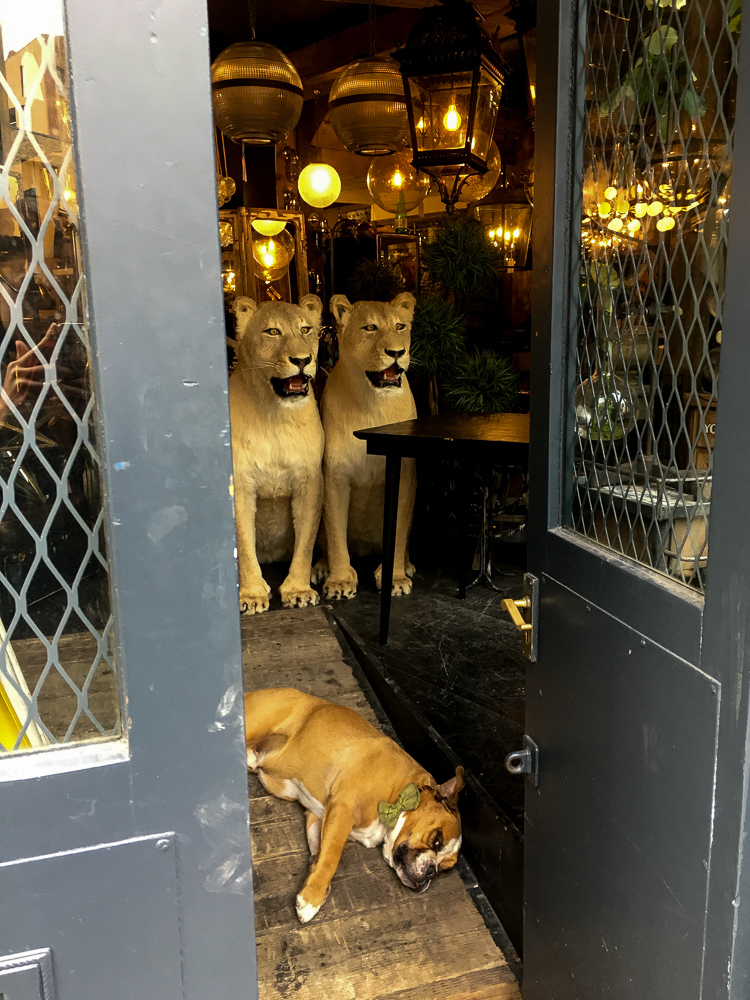Over the years of running Super Ordinary Life - and probably for many years before, I have amassed a massive archive of images. Sometimes I feel really need to train myself to organise them in a more sensible and routine way. Yet in the moments when I actually attempt to do something about it, I end up flicking through images which then collide with memories of other images and so I wind up in a rampage through my camera roll to find the photo that my memory has made a vague connection with. This ridiculous and often exasperating exercise urged me to explore pairing images.
At first, I was fascinated at how pulling together images in this way creates a visual conversation that spans disparate moments and places. It’s a new method of storytelling, for me at least. Pairing is like doing a freestyle jigsaw puzzle with one-fits-all pieces. There is no wrong way to do this. The freedom in finding combinations can be daunting and overwhelming and I am not at a place where I am entirely satisfied with my attempts. But even then, even in my dissatisfaction, pairings have a way of revealing new layers of meaning, connection and yeah…inspiration, too!
Super Ordinary Life is a true labour of love! I spend lots hours and my own money to keep the project going. I keep my space advert free and make no income from partnering with brands. Pretty much all the money earned from Zine making goes straight back into the project and pays for the website, hosting, research and zine making supplies.
If you have ever gained inspiration from my work, please consider keeping me going with a coffee or a membership (memberships are coming soon) . Your support makes all the difference. Arigato + Thank You!
























